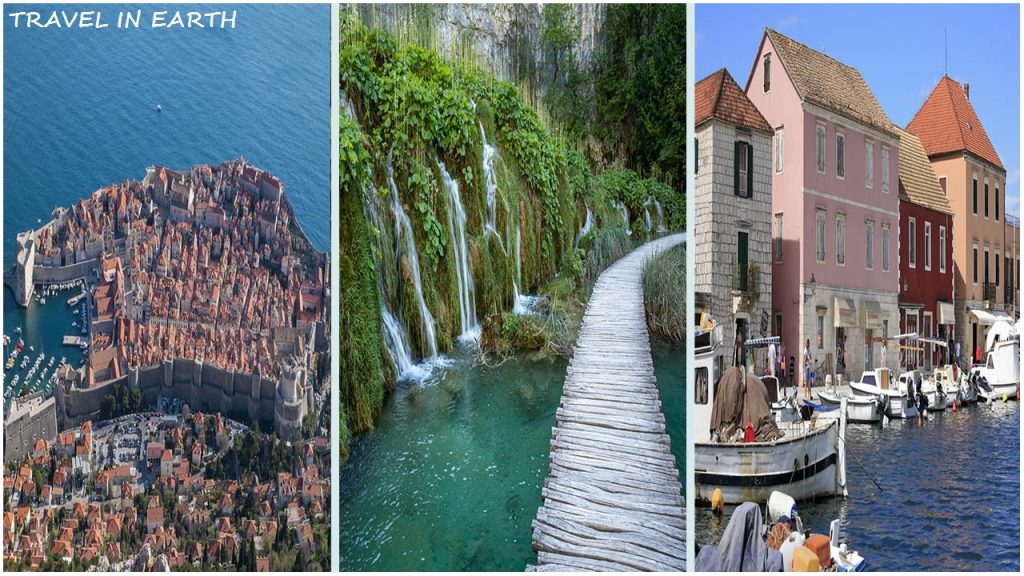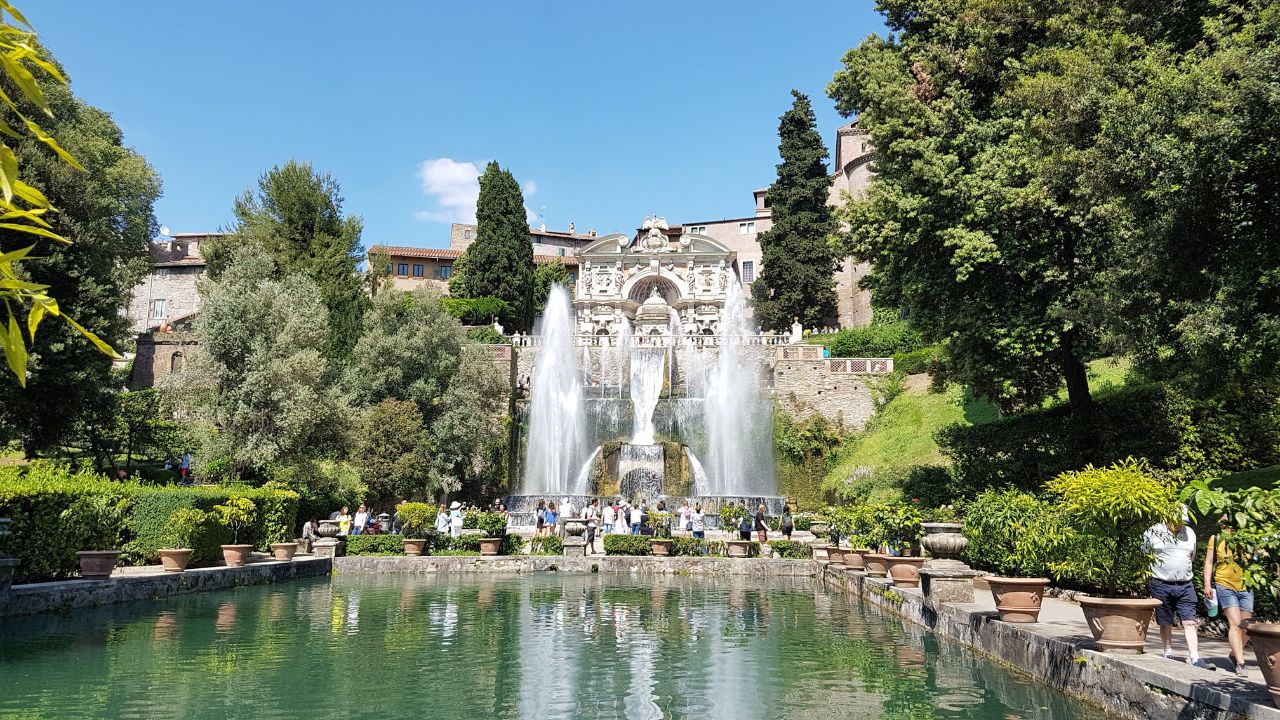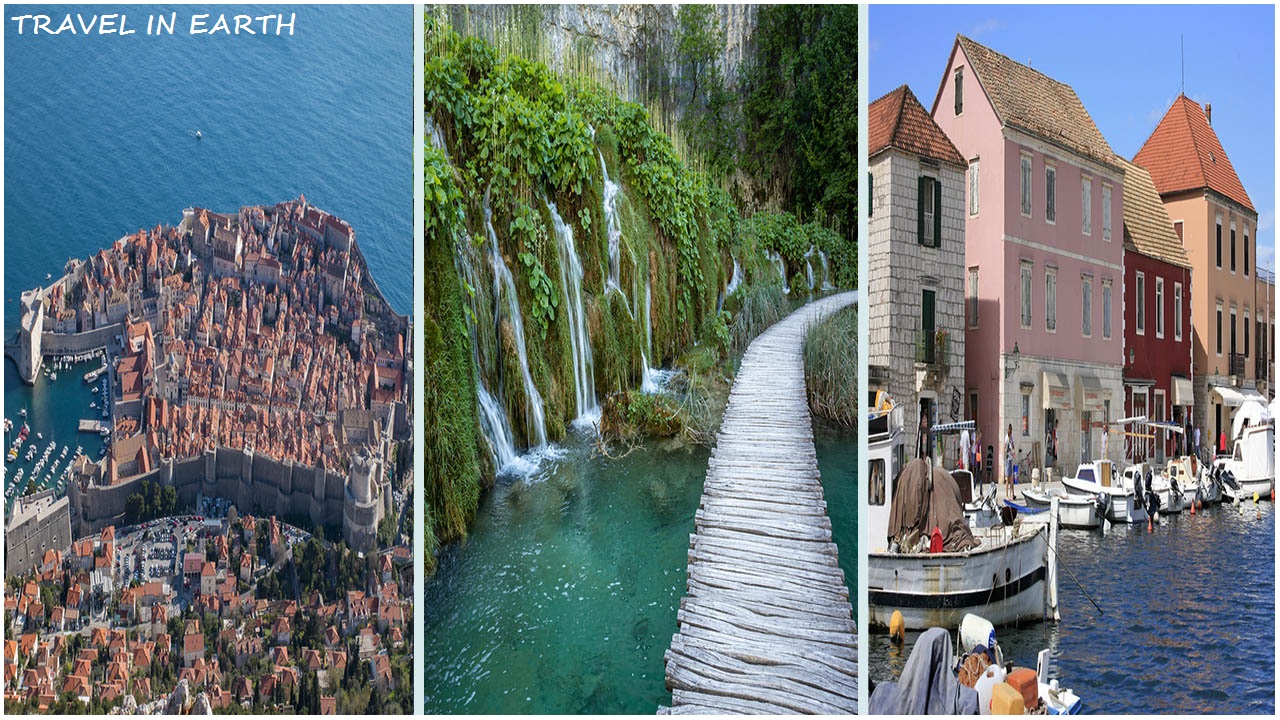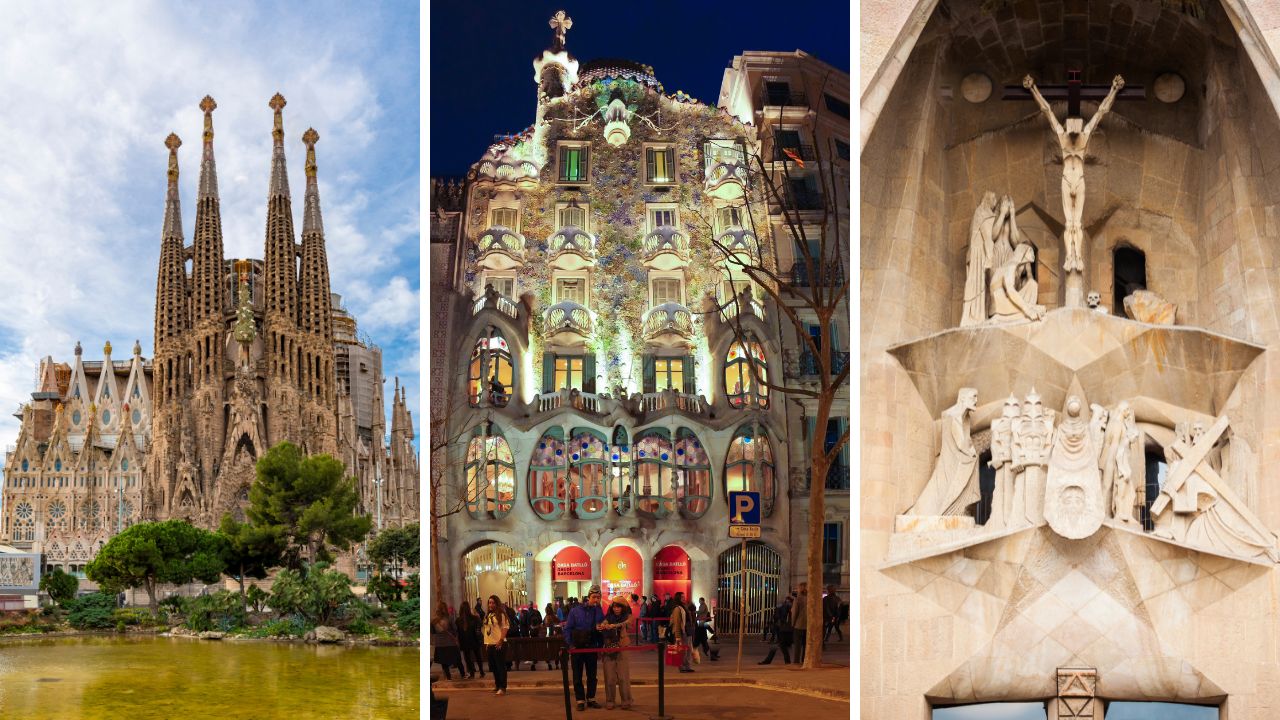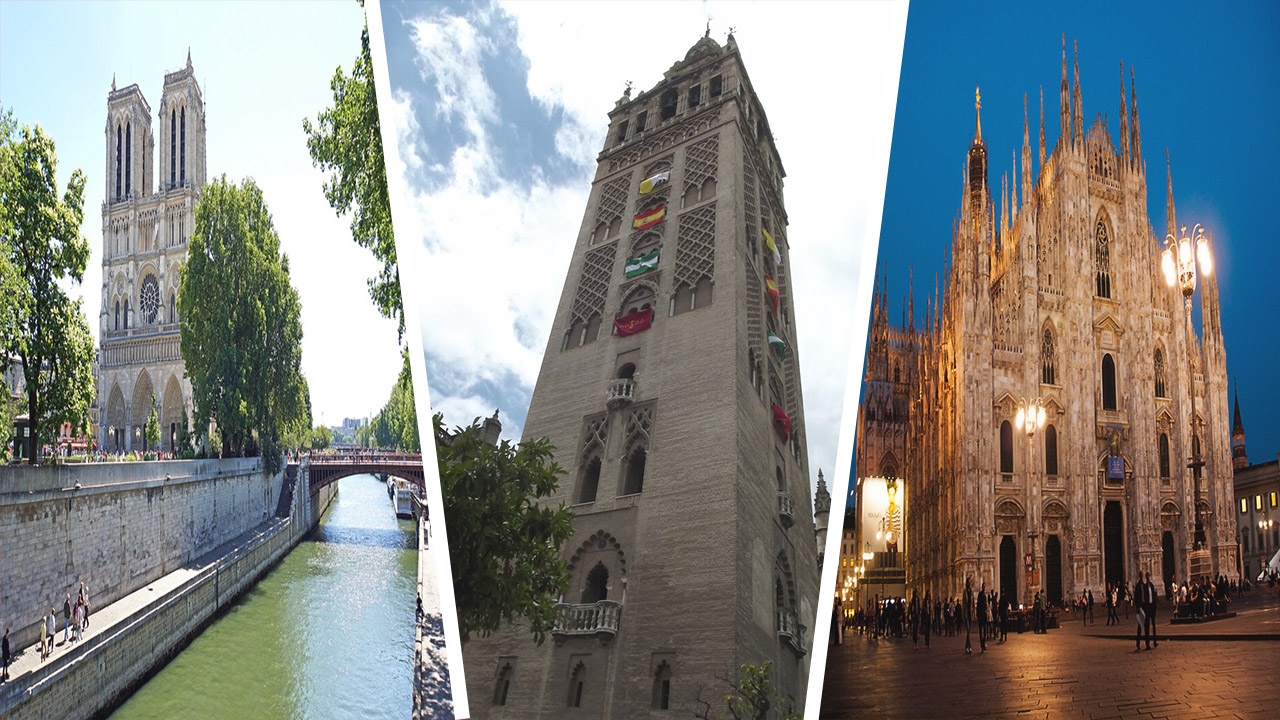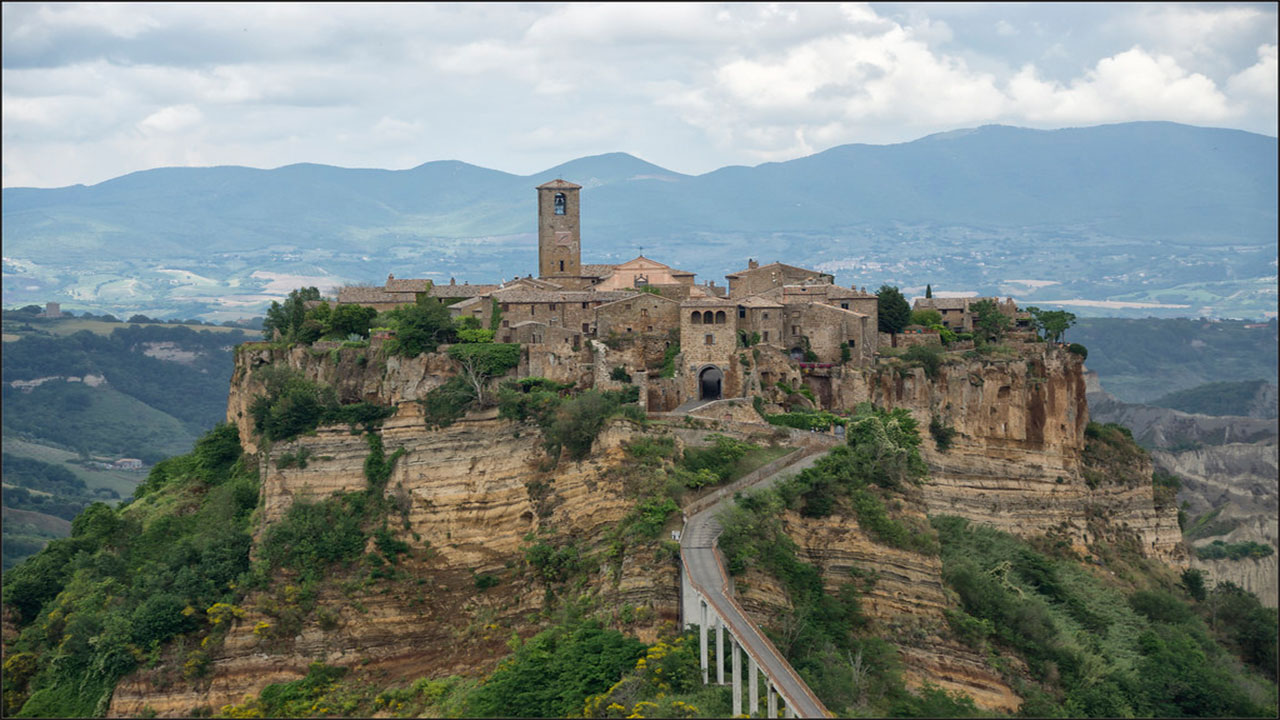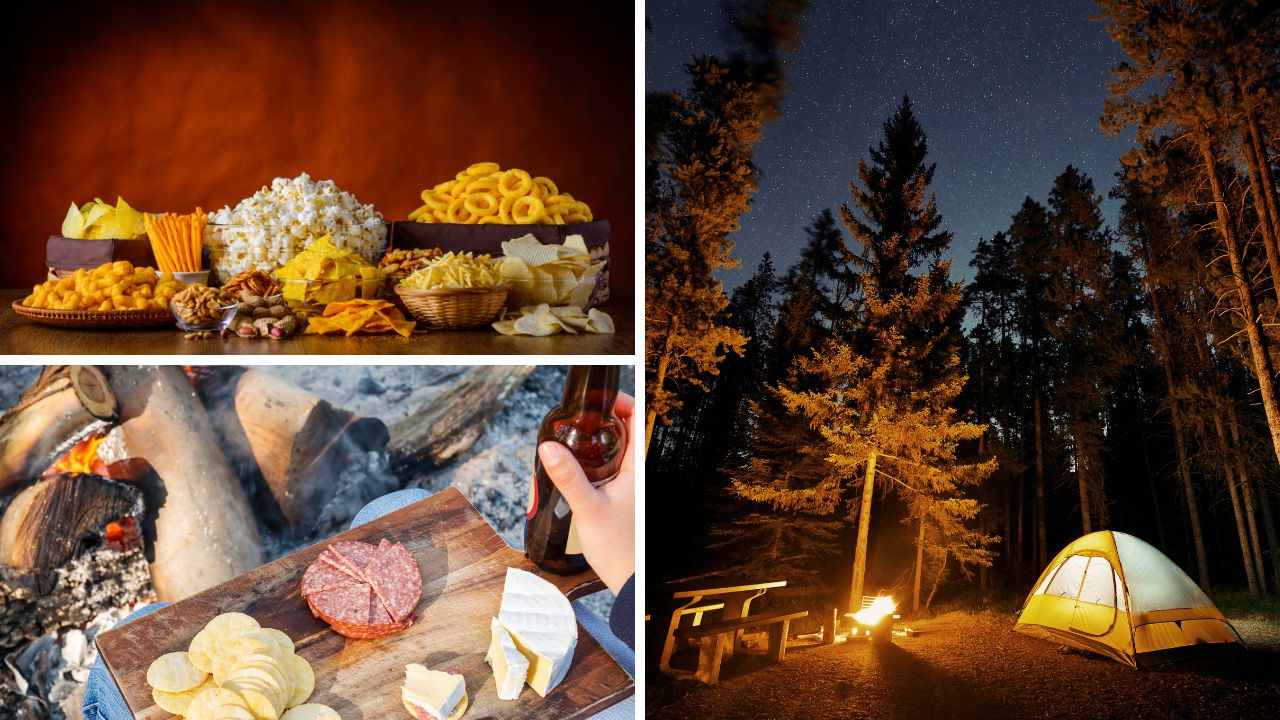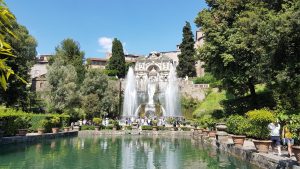Croatia, a gem of the Adriatic Sea, enthralls visitors with its diverse landscapes, historical sites, and pristine waters. From the bustling streets of Zagreb to the serene beauty of the Plitvice Lakes, Croatia offers a wealth of experiences for every type of traveler. Whether you’re a history buff, nature lover, or beach enthusiast, this beautiful country has something to offer you.
This article will guide you to the top 10 amazing places in Croatia. These destinations showcase the best of what Croatia has to offer, from ancient Roman ruins to stunning national parks and picturesque coastal towns. So, prepare to embark on an exploration of Croatia’s wonders!
1. Dubrovnik: The Pearl of the Adriatic
Dubrovnik, often referred to as the “Pearl of the Adriatic,” is a city that evokes a sense of fantasy. With its stunning old town surrounded by massive stone walls, Dubrovnik is a UNESCO World Heritage site and one of Croatia’s most popular tourist destinations.
Key attractions in Dubrovnik include:
- The City Walls: Walk along the ancient walls for breathtaking views of the Adriatic Sea and the city’s red-roofed buildings.
- Stradun: Stroll down this limestone-paved main street lined with shops, cafes, and historic buildings.
- Rector’s Palace: Explore this Gothic-Renaissance palace that once served as the seat of government.
- Dubrovnik Cathedral: Visit this baroque cathedral, known for its impressive Treasury.
- Fort Lovrijenac: Climb up to this fortress for panoramic views of the city and sea.
Dubrovnik’s popularity has soared in recent years, partly due to its appearance as King’s Landing in the hit TV series “Game of Thrones.” However, the city’s beauty is evident in its limestone streets, baroque buildings, and the endless shimmer of the Adriatic.
To avoid the summer crowds and heat, the best time to visit is from May to June or September to October.
Read more: Old Town Geneva
2. Plitvice Lakes National Park: A Natural Wonder
Plitvice Lakes National Park is a true natural wonder and one of Croatia’s most beautiful attractions. This UNESCO World Heritage site is famous for its series of 16 terraced lakes, joined by waterfalls that extend into a limestone canyon.
What makes Plitvice Lakes special:
- There are 16 interconnected lakes divided into upper and lower clusters.
- There are stunning waterfalls, including the 78-meter-high Veliki Slap.
- There are wooden walkways and hiking trails that allow visitors to explore the park.
- There is rich biodiversity, which includes bears, wolves, and numerous bird species.
- The lakes are constantly changing their colors, ranging from azure to green, grey, or blue.
The park offers several hiking trails of varying difficulty, allowing visitors to explore its beauty at their own pace. Natural dams of travertine, deposited by moss, algae, and bacteria form the lakes. This process continues today, constantly changing the park’s landscape.
Best time to visit: spring or fall for comfortable temperatures and fewer crowds. The park is open year-round, offering unique experiences in each season.
3. Split: Where History Meets Modern Life.
Split, the second-largest city in Croatia, is a place where history and modernity blend seamlessly. The city’s heart is the UNESCO-listed Diocletian’s Palace, built for the Roman emperor Diocletian at the turn of the 4th century AD.
Must-see attractions in Split:
- Diocletian’s Palace: Explore the living heart of the city, with its maze of streets and buildings.
- Riva Promenade: Enjoy a coffee or meal along this bustling waterfront promenade.
- Marjan Hill: Hike up for panoramic views of the city and surrounding islands.
- The Cathedral of Saint Domnius: Visit one of the world’s oldest Catholic cathedrals.
- Bacvice Beach: Relax on this popular city beach and try your hand at picigin, a local ball game.
Split’s unique charm comes from the way ancient history coexists with everyday life. The ruins of Diocletian’s Palace are not an isolated museum piece but a living part of the city where people work, live, and play.
Best time to visit: May to June or September to October for pleasant weather and fewer tourists.
4. Hvar: The Sunniest Spot in Croatia
Hvar is known as the sunniest spot in Croatia, boasting 2,724 hours of sunshine per year. This beautiful island combines luxurious hotels, excellent restaurants, and a vibrant nightlife with historic towns and tranquil villages.
Top attractions on Hvar:
- Hvar Town: Explore the main urban center with its beautiful harbor and historic sites.
- Fortica (Spanish Fortress): Climb up for stunning views of the town and nearby Pakleni Islands.
- Stari Grad Plain: Visit this UNESCO World Heritage site, an agricultural landscape set up by ancient Greek colonists.
- Lavender Fields: See (and smell) the beautiful lavender fields, especially around the village of Brusje.
- Pakleni Islands: Enjoy a boat trip to these stunning islands for their secluded beaches and pristine waters.
Hvar has been an important port since ancient times, with a rich history reflected in its architecture and culture. Today, it’s equally famous for its luxurious hotels, excellent restaurants, and vibrant nightlife, making it a favorite among celebrities and yacht owners.
Best time to visit: June to September for the best weather, but be prepared for crowds in July and August.
5. Pula: A Journey Through Time
Pula, located on the tip of Croatia’s Istrian Peninsula, is a city with a rich history dating back to Roman times. It’s best known for its well-preserved Roman ruins, especially the magnificent amphitheater.
Key attractions in Pula:
- Pula Arena: One of the best-preserved Roman amphitheaters in the world, still used for concerts and events.
- Temple of Augustus: A well-preserved Roman temple in the city’s old forum.
- Arch of the Sergii: A Roman triumphal arch dating from the first century BC.
- Pula Cathedral: A co-cathedral dating back to the 6th century.
- Fort Punta Christo: A 19th-century Austro-Hungarian fortress offering excellent views.
Pula’s history extends beyond the Romans, with influences from the Venetians, Austro-Hungarians, and others visible in its architecture and culture. Today, it’s also known for its beautiful beaches, excellent seafood, and the Pula Film Festival, one of the oldest ongoing film festivals in Europe.
Best time to visit: May to September for warm weather and various cultural events.
6. Zadar: Where Modern Art Meets Ancient History
Zadar is a city that perfectly blends ancient history with modern innovations. Located on the Dalmatian coast, it’s known for its Roman and Venetian ruins, beautiful beaches, and unique modern attractions.
Must-see attractions in Zadar:
- Sea Organ: Listen to this unique architectural sound art object, which plays music by way of sea waves.
- Greetings to the Sun: Admire this solar-powered light installation that creates a nighttime light show.
- St. Donatus Church: Visit this 9th-century pre-Romanesque church, one of the best examples of its kind.
- Roman Forum: Explore the largest Roman forum on the eastern side of the Adriatic.
- Zadar Cathedral: Admire this Romanesque cathedral’s distinctive stone carvings.
Zadar’s Old Town, situated on a peninsula, boasts a wealth of ancient and medieval structures. The modern installations, such as the Sea Organ and Greeting to the Sun, have added a contemporary twist to this historic city, making it a unique destination in Croatia.
The best time to visit is from April to October for warm weather and outdoor attractions.
7. Krka National Park: A Paradise of Waterfalls
Krka National Park is a natural karst phenomenon known for its magnificent waterfalls. Located in central Dalmatia, the park covers an area of 109 square kilometers along the Krka River.
Highlights of Krka National Park:
- Skradinski Buk: The longest and most beautiful travertine waterfall on the Krka River.
- Roški Slap: Another beautiful waterfall, surrounded by traditional watermills.
- Visovac Island: home to a Franciscan monastery dating back to 1445.
- Educational hiking trails: Learn about the park’s flora and fauna.
- Swimming areas: Unlike Plitvice, visitors can swim in Krka’s designated areas.
The park is not just about waterfalls; it’s also home to over 860 species and subspecies of plants, over 220 bird species, and 18 different species of bats. The Krka River and its surroundings have been home to humans for thousands of years, and the park contains several archaeological remains.
Best time to visit: May to September, but be prepared for crowds in July and August.
8. Rovinj: The Gem of Istria
People often describe Rovinj as the most romantic place in the Mediterranean. This picturesque town on the western coast of Istria is characterized by its narrow cobbled streets, colorful houses, and the dominating church of St. Euphemia.
Key attractions in Rovinj:
- Old Town: Wander through the maze of cobbled streets and discover hidden gems.
- St. Euphemia Church: Climb the tower for panoramic views of the town and sea.
- Balbi Arch: Pass through this former town gate, built in 1680.
- Rovinj Islands and Mainland: Explore the 14 islands of the Rovinj Archipelago.
- Batana Eco Museum: Learn about the town’s fishing tradition.
Rovinj was originally an island, only connected to the mainland in 1763. This history as a separate entity has given Rovinj a unique character. Today, it’s not only a beautiful tourist destination but also an active fishing port.
Best time to visit: May to September for warm weather and various cultural events.
9. Zagreb: The Vibrant Capital
Croatia’s capital and largest city, Zagreb, provides an ideal combination of history, art, and urban life. Often overlooked by tourists heading to the coast, Zagreb is a hidden gem with a charming medieval old town, innovative museums, and a bustling cafe culture.
Must-visit places in Zagreb:
- Upper Town (Gornji Grad): Explore historic sites like St. Mark’s Church and the Stone Gate.
- Dolac Market: This vibrant open-air market offers a glimpse of local life.
- The Museum of Broken Relationships: Explore this unique museum dedicated to failed love stories.
- Mirogoj Cemetery: Admire the beautiful architecture of this monumental cemetery.
- Maksimir Park: Relax in the city’s largest park, home to Zagreb Zoo.
Zagreb’s charm lies in its ability to combine Austro-Hungarian architecture with socialist structures and contemporary designs. The city is also known for its Christmas market, voted the best in Europe three years in a row.
Best time to visit: April to October for outdoor activities, or December for the famous Christmas market.
10. Mljet National Park: The Green Paradise
Mljet National Park covers the western part of Mljet, which is often referred to as the “Green Island” due to its lush vegetation. It’s one of the most beautiful and untouched islands in the Mediterranean.
Highlights of Mljet National Park:
- Great Lake and Small Lake: Two saltwater lakes connected to the sea.
- The Islet of St. Mary is home to a 12th-century Benedictine monastery.
- Cycling and hiking trails: Explore the park’s beautiful landscapes.
- Odysseus Cave: Visit the cave where Odysseus allegedly spent seven years.
- Pristine beaches: Enjoy the clear waters of the Adriatic.
Legend has it that the nymph Calypso captivated Odysseus on Mljet for seven years. Regardless of the myth, the island’s beauty will captivate you.
Best time to visit: May to October, when ferries to the island are more frequent.
Conclusion
Croatia is a country of extraordinary beauty and diversity. From the ancient walls of Dubrovnik to the lush forests of Plitvice Lakes, from the vibrant streets of Zagreb to the serene islands of the Adriatic, Croatia offers a wealth of experiences for every type of traveler.
These 10 amazing places are just the beginning of what Croatia has to offer. Each destination has its own unique charm and attractions, reflecting the country’s rich history, stunning natural beauty, and vibrant culture. Whether you’re interested in history, nature, beaches, or urban exploration, Croatia has something for you.
As you plan your Croatian adventure, remember to enjoy each of these places at your own pace. Spend time exploring ancient streets, swimming in pristine waters, sampling local cuisines, and engaging with the welcoming locals. Croatia is not just a place to see, but a place to experience with all your senses.
We hope this guide has inspired you to explore the wonders of Croatia. Discover the sun-drenched coast and the green heart of Croatia. Start planning your journey today and create memories that will last a lifetime in this beautiful corner of Europe.

